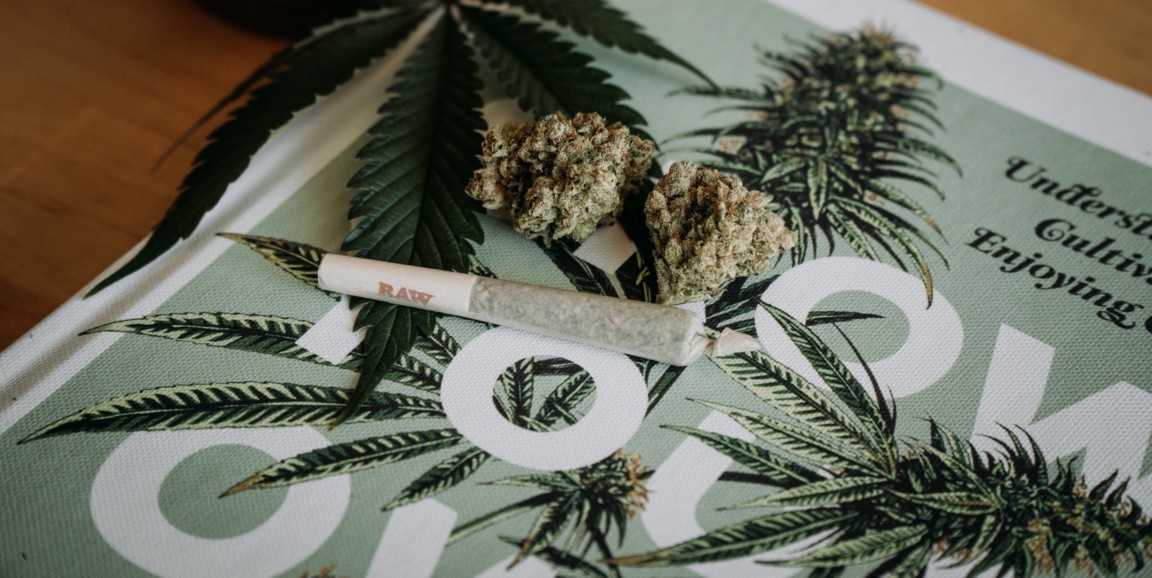If U.S. policymakers want to better prioritize public health while legalizing cannabis, they should look to Canada's model for ideas, according to a new research report funded by Stanford University.
Keith Humphreys, PhD, the Esther Ting Memorial Professor of psychiatry and behavioral sciences at Stanford Medicine, commissioned the report in his role as co-director of the Stanford Network on Addiction Policy, in an effort to more closely examine Canada's efforts to control marketing of the drug, its use of government-run cannabis retail stores and efforts to reduce youth access to better prevent harmful drug use.
I talked with Humphreys about the results of the study and how it could be useful in forming future policy in the United States.
What are some of the problems of the commercialization of legalized marijuana in the United States?
The lessons we learned from regulating the tobacco industry have been forgotten in the legalization of cannabis, which has prioritized profit over public health. The potency of the drug is not capped, advertising is ubiquitous and sometimes dangerously fraudulent -- for example claiming that cannabis cures COVID-19 or heroin addiction -- and taxes are too low to cover the health and social harms the drug produces.
Tell us about the Stanford Network on Addiction Policy and the report it commissioned. Why did the group focus on Canada's approach to the legalization of cannabis?
U.S. policymakers often ask the Stanford Network on Addiction Policy for models of cannabis legalization that prioritize public health, and we realized there aren't good examples domestically.
Canada, with a stronger social welfare tradition and history of regulating corporations in the public's interest, was a better place to look than the United States.
What are some of the key takeaways from this report that could help create a safer, better legalization process in the U.S.?
This report uses public policy analysis and polling to illuminate Canada's unique approach to the legalization of cannabis. In contrast to the U.S., Canada sharply restricted cannabis marketing through legal measures and also limited branding on packages. Such restrictions are valuable because marketing addictive products often leads to overuse.
Canada also does something no state has done, namely allowing bans on risky, high potency products, such as certain edibles and concentrates. These products, which have levels of THC (the principal intoxicant in cannabis) many times that of traditional smoked flower cannabis, present risks that scientists only partially understand, but which are probably most significant for adolescents because of the neuroplasticity of their brains.
Are government-run retail stores for cannabis a realistic option in the U.S. and if so, what might be the benefits?
Canada allows individual provinces a high level of control over how cannabis is sold. For example, the government can operate retail outlets itself as is done in Quebec.
Multiple states in the U.S. have had government-run retail stores for alcohol for almost a century, so it's a completely viable model for cannabis. States that have government-run alcohol stores have less advertising, better limit youth access and have lower rates of binge drinking. We can reasonably expect parallel benefits for cannabis.
Photo by Shelby Ireland






